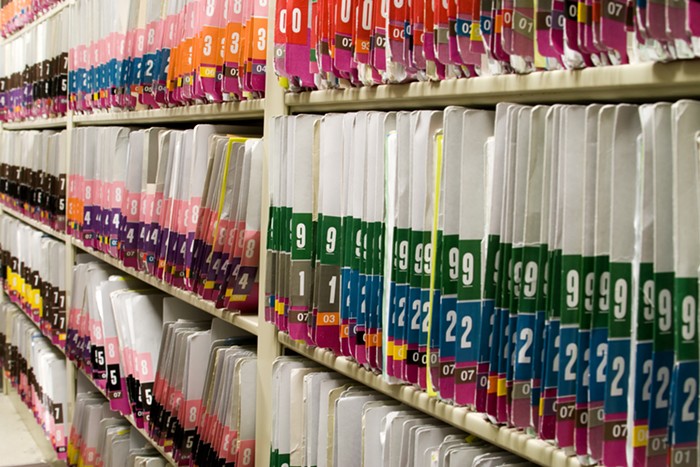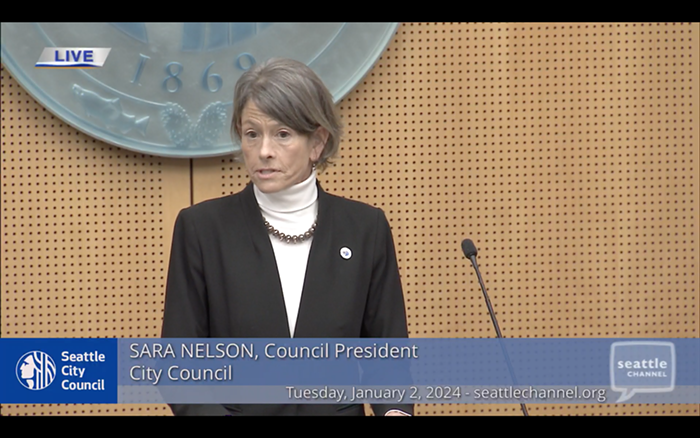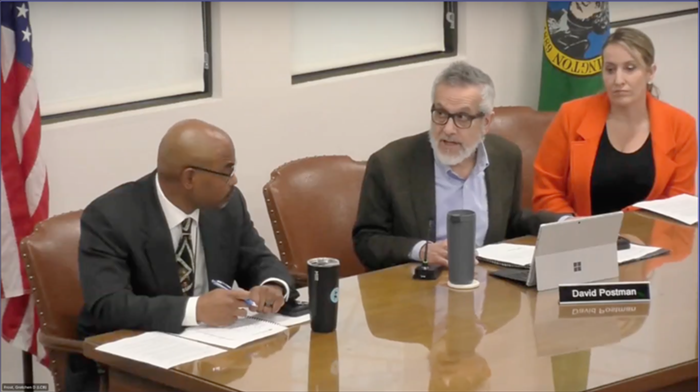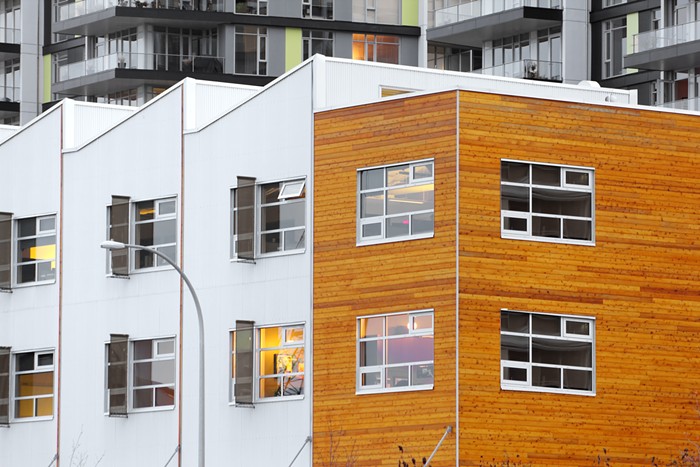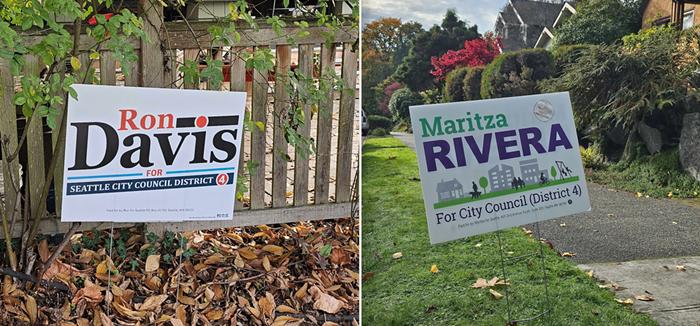Long before Seattle had skyscrapers, it was carved by glaciers, seeded with wild salmon runs, and populated by indigenous peoples. Then, in a matter of centuries, white settlers and gold-seekers flooded the area, the postwar boom paved over it, and the tech industry triggered a construction boom.
In many ways, the city is still reeling from its own boom-bust-boom history, which makes it profoundly vulnerable to its many unresolved social and environmental flaws. They surround us, waiting for just the right moment to expose the contradictions the city was built on.
Below are a bunch of disasters—ongoing or imminent—to occupy your Seattle nightmares:
The Megaquake
The Pacific Northwest is not seismically stable. What the New Yorker affectionately termed the "Really Big One" last year is the probability of a magnitude 8-or-greater earthquake rumbling from the Cascadia subduction zone, the fault where one tectonic plate is slipping under the Northwest coast. Some scientists have put the odds of the Really Big One rocking the fault line's northern segment (which includes Seattle) at a 10 to 15 percent chance over the next 50 years.
With that kind of coastal quake, a tsunami is all but certain—though the Olympic Peninsula will bear most of the tsunami's brunt. "Almost half the tall buildings in Seattle, Portland and Vancouver BC were built before anyone knew we could get this kind of megaquake in the Northwest," Sandi Doughton, the Seattle Times' science reporter, told readers in a Reddit AMA last year. "It wouldn't surprise anyone if some of those older buildings collapsed in a major quake."
The Alaskan Way Viaduct
Speaking of earthquakes, welcome to the great city of Seattle, where urban planners thought it would be a grand idea to build a two-tiered, elevated highway on the waterfront. The Alaskan Way Viaduct should never have been built in the first place, but now it's been standing well past its welcome. The viaduct has been sinking ever since the 2001 Nisqually earthquake, the likes of which Seattle has an 80 percent chance of experiencing again in the next 50 years. If that happens, experts predict the viaduct will sway violently before sandwiching. Unfortunately, officials came up with another grand idea—to replace the viaduct with a giant tunnel for cars directly underneath it, but this plan has been delayed for two years because the world's biggest tunnel boring machine broke down not long after it first started drilling. (It recently started back up again, but had to stop due to a massive sinkhole.)
The Duwamish River
Do you like fish? Great! Never, ever, EVER go fishing in the Duwamish River, a waterway that sustained the Duwamish people for thousands of years. Within a century, the Duwamish River became so polluted by major industries that it's been declared a Superfund site, one of the most toxic places in the United States. Not only is the waterway loaded with carcinogens and other dangerous chemicals, but people who live near it suffer from some of the highest rates of lung cancer, asthma, diabetes, and cardiovascular disease, and the shortest life expectancies in the city. Not all of this is attributable to the river's pollution—the environmental injustices that target low-income and minority communities are wide-ranging and complex—but it plays a role.
Oil Trains
If you've ever attended a football game at CenturyLink Field, you may have noticed the rattle of long trains rolling by. Several times per week, these aging cars transport light crude oil cut with methane, butane, ethane, or propane to West Coast refineries. You know what locals call those trains? "Bomb trains." That's because they have the potential to explode, creating fireballs that can reach as high as a football field is long. The US Department of Transportation predicts that an average of 10 oil trains will derail annually over the next 20 years, and that a derailment in a densely populated area could kill as many as 200 people. (A train carrying Bakken crude oil derailed in 2014 underneath the Magnolia Bridge, but thankfully didn't leak or explode.) Activists have tried various methods to stop these trains from rolling through Seattle, or at least demand that the city and state better regulate them, but those efforts have been limited because the federal government oversees crude oil by rail transport.
Cars
Seattle drivers are nearly 41 percent more likely to get into a car crash than the average American, according to recent data from Allstate Insurance. We're in the worst 10 percent out of 200 US cities, which makes car accidents the leading cause of death for people between 5 and 24 years old. Seattle recently rolled out a program called "Vision Zero" that aims to eliminate traffic deaths through better street design, enforcement, and education, but car ownership has still grown in some of Seattle's most walkable neighborhoods.
Men
In 2015, Seattle experienced 22 homicides, 97 reported rapes, 1,447 robberies, 524 reported domestic-violence assaults, and 1,369 other assaults—the vast majority of which were committed by men. Based on the most recent data from 2011, women in Seattle make 73 cents on the average white man's dollar, four cents lower than the national average. The gap widens for women of color. For the first time since the '90s, the Seattle City Council has a woman majority, but most city employees are white and male; men also outnumber women in city government leadership roles. Similar statistics are reflected in the private sector: At Amazon, one of the city's largest employers, the general workforce is 63 percent male, the leadership 75 percent male. The city's distribution of societal power by race, class, and gender remains greatly unequal, perhaps ranking as the most enduring man-made disaster in Seattle's (and every American city's) history.


